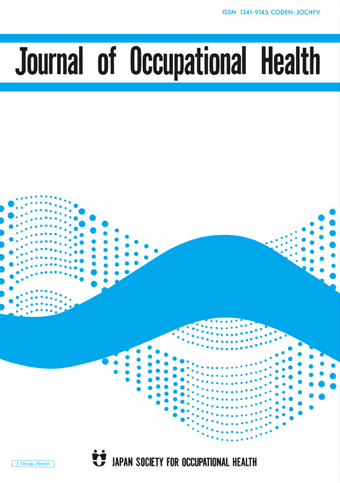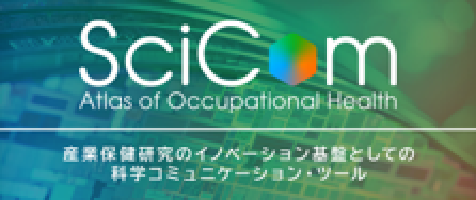Effectiveness of “Dohsa-Hou” for Early-Career Nurses via a Stress Management Program
Service professionals like nurses and teachers (who are tasked with assisting people) experience a great amount of occupational stress that results in burnout, which is associated with physical and psychological problems like anxiety and depression. The dire need for interventions that can help these professionals has been internationally recognized.
Dohsa-hou is used in Japan as a physical way of delivering psychotherapy for various developmental and psychological conditions. It is known to increase bodily awareness and facilitate behavioral change. Through the theory and practice of body movements, Dohsa-hou enhances one’s sense of agency over the body, which in turn increases one’s capacity to manage bodily signals and internal states. In our study, we examined the effects of an intervention using Dohsa-hou on the mood states of early-career nurses, who were interested in finding ways to cope with their stress.
56 third-year nurses from a general hospital in Japan participated in our study. They took part in a stress management education program developed by Yamanaka and Tominaga that used Dohsa-hou as one of its components. The whole program had 5 components: a lecture explaining stress and the ways of coping with it, evaluation of mood states (pre), introduction to Dohsa-hou (intervention), post-intervention evaluation, and discussion on stress management strategies that are useful in daily life.
The intervention lasted for about 2 hours in the whole program. It was designed to equip the nurses with a sense of physical relaxation skills that can be used to regulate mood states. We collected data on the mood states of the nurses before and after the intervention using the Japanese version of the Profile of Moods State questionnaire, which has six factors: Tension-Anxiety, Depression-Dejection, Anger-Hostility, Vigor, Fatigue, and Confusion, and five items under each factor.
We found that the negative mood states of Tension-Anxiety, Depression-Dejection, Anger-Hostility, and Fatigue had all significantly reduced among the nurses post-intervention. To add to that, the positive mood state experienced as vigor also marginally increased among the nurses. These findings were mostly in line with the outcomes reported by another study that implemented Dohsa-hou as part of a stress management program for children.
Our findings suggest that stress management interventions using Dohsa-hou may also be useful for adults like nurses, who experience great occupational stress and want to be able to more effectively regulate their moods to prevent experiencing a condition like burnout.
Link to the original journal article:
https://www.jstage.jst.go.jp/article/eohp/1/2/1_2019-0010-GP/_html/-char/en
Referencing the body for mood state regulation: an examination of stress management using Dohsa-hou as a primary prevention program for nurses
Kazuaki Abe, Russell Sarwar Kabir, Yutaka Haramaki
Here are some ways you can make it easier for your plain-language summary to be discovered once it has been published:
- Upload the summary on your personal, lab/research group, or university website.
- Share the published content with peers and colleagues through your personal social media accounts (Facebook, Twitter, Blogs, and LinkedIn). Link this back to the journal’s social media promotions for your paper.
- Include the link to the published post in your email signature line.
News & Announcement
-
Mar 14, 2025EOH-P has been listed on PMC/PubMed!The articles published in EOH-P have been registered with PMC/PubMed, the U.S. Nation...
-
Jun 11, 2021Lay Summary page open!Lay Summary page provides you article summaries in order of study categories. You can...
-
Oct 1, 2019EOH-P is now released!The Environmental and Occupational Health Practice (EOH-P) has been released. Please ...
Journal Info
Average 46.14 days from submission to first decision
Average 120.95 days from submission to acceptance







